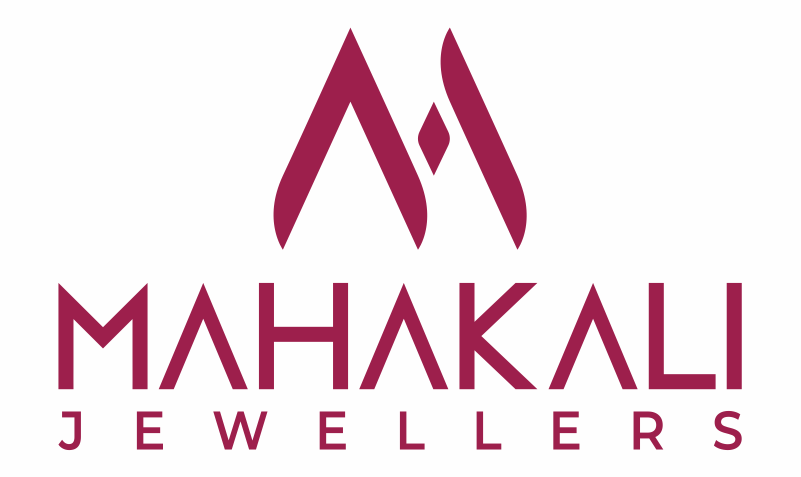

Gold is a popular metal used in jewellery making, but not all gold jewellery is created equal. The difference between 10K, 14K, 18K, and 24K gold jewellery lies in the amount of pure gold content in the metal alloy. Here’s a breakdown of what each of these markings means:
- 10K gold: This type of gold jewellery contains 41.7% pure gold and is the lowest amount of gold in the US market. 10K gold is more durable and affordable than higher karat gold, but it has a slightly paler yellow color due to the higher amount of other metals in the alloy.
- 14K gold: 14K gold jewellery contains 58.3% pure gold and is the most popular karat of gold used in jewellery in the US. It’s a good balance of durability and value, and it has a bright, warm yellow color.
- 18K gold: This type of gold jewellery contains 75% pure gold and is considered a luxury choice due to its higher gold content. It has a deep, rich yellow color and is more malleable than lower karat gold, making it easier to work with for intricate designs.
24K gold: 24K gold jewellery is pure gold, containing 99.9% gold content. It’s the softest and most malleable of all the gold karats, making it difficult to use in jewellery making. Due to its softness, it’s not ideal for daily wear and is usually used in special occasion or investment pieces
Pure gold is 24 karat (24K) gold. It’s the highest possible karat of gold, containing 99.9% pure gold. However, pure gold is very soft and malleable, making it unsuitable for most types of jewellery, especially those that are worn daily or exposed to frequent wear and tear.
To make gold more durable and suitable for jewellery making, it’s often mixed with other metals to create an alloy. The karat value of gold refers to the amount of pure gold in the alloy. For example, 18K gold contains 75% pure gold, while 14K gold contains 58.3% pure gold. The lower the karat value, the less pure gold the alloy contains.
White gold is a popular type of gold alloy that has a silver-white color. It’s made by combining pure gold with other white metals, such as nickel, palladium, or silver. The exact composition of white gold can vary, but generally, it’s made up of around 75% pure gold and 25% other metals.
Yes, we have gold savings schemes under “name of scheme ” (link attached).
Proper cleaning and care can help your jewellery look its best and last longer. Here are some tips for cleaning and caring for your jewellery:
- Store your jewellery properly: When you’re not wearing your jewellery, store it in a clean, dry place. Keep each piece of jewellery separate to prevent scratches or tangling.
- Avoid exposing your jewellery to chemicals: Remove your jewellery before swimming, using hot tubs, or doing any activities that involve contact with chemicals, such as cleaning. Chemicals can damage or discolor your jewellery.
- Clean your jewellery regularly: Use a soft, lint-free cloth to clean your jewellery after each use. For more thorough cleaning, you can use a mild soap and warm water. Be sure to dry your jewellery thoroughly with a soft cloth.
- Be gentle with your jewellery: When putting on or taking off your jewellery, be gentle to avoid bending or damaging delicate parts. Avoid wearing your jewellery while doing activities that may cause it to become snagged or pulled.
- Get professional cleanings and inspections: It’s a good idea to have your jewellery professionally cleaned and inspected by a jeweler at least once a year. This can help identify any potential issues before they become bigger problems.
No, it’s not true that diamonds can never break. While diamonds are known for their hardness, they can still break or chip under certain circumstances. To protect your diamond from damage, it’s best to remove it during certain activities, such as lifting weights, cleaning, swimming, working with tools, and sleeping.
here are several ways to determine if a diamond is real like Look for certification, Conduct a visual inspection, Use a diamond tester, Conduct a water test and more.
If you’re still unsure about the authenticity of a diamond, you can take it to a professional jeweler or gemologist for an expert opinion. They can use specialized equipment to test the diamond and provide a definitive answer.
Gold is initially priced in US dollars. As India imports most of its gold requirement, the exchange rate and various duties further influence the gold price in India. If the US dollar strengthens against the Indian rupee, gold prices in India go up and vice versa.
There is no specific number of diamonds that a ring must have to be considered a diamond ring. A diamond ring can have a single diamond, also known as a solitaire, or it can have multiple diamonds set in various arrangements, such as a halo, three-stone, or pave setting.
The term “diamond ring” generally refers to any ring that features a diamond as its primary or accent stone. The size and number of diamonds can vary widely based on the style, design, and budget of the ring.

